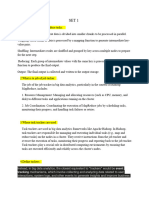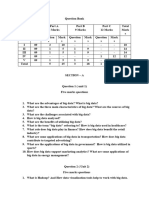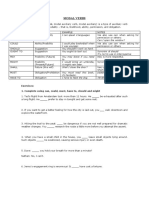0% found this document useful (0 votes)
59 views17 pagesBig Data Analytics 2023 Solution
The document discusses the characteristics of Big Data, defined by the 5 V's: Volume, Velocity, Variety, Veracity, and Value. It also explains HDFS as Hadoop's storage layer, lists popular Big Data platforms, clustering methods, and provides insights into data manipulation in Hive and operators in Pig Latin. Additionally, it highlights the importance of Big Data analytics in decision-making and innovation across various industries.
Uploaded by
juhi2781Copyright
© © All Rights Reserved
We take content rights seriously. If you suspect this is your content, claim it here.
Available Formats
Download as PDF, TXT or read online on Scribd
0% found this document useful (0 votes)
59 views17 pagesBig Data Analytics 2023 Solution
The document discusses the characteristics of Big Data, defined by the 5 V's: Volume, Velocity, Variety, Veracity, and Value. It also explains HDFS as Hadoop's storage layer, lists popular Big Data platforms, clustering methods, and provides insights into data manipulation in Hive and operators in Pig Latin. Additionally, it highlights the importance of Big Data analytics in decision-making and innovation across various industries.
Uploaded by
juhi2781Copyright
© © All Rights Reserved
We take content rights seriously. If you suspect this is your content, claim it here.
Available Formats
Download as PDF, TXT or read online on Scribd
/ 17



































































































